NYC’s Forgotten ‘War on Christmas Trees’
Discover how an obscure holiday crackdown affects festive street vendors today!


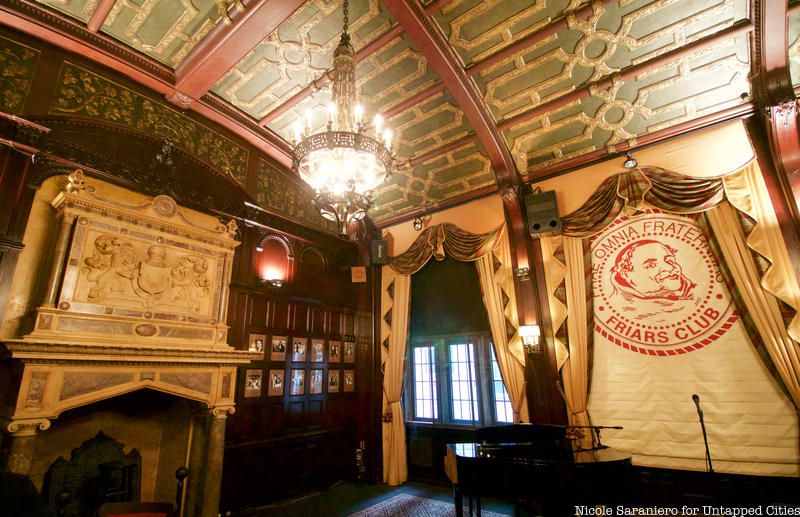
Known for its rowdy roasts and legendary members like Johnny Carson, Jerry Lewis and Frank Sinatra, the Friars Club, at 57 East 55th between Park and Madison avenues, is a place steeped in history and raucous laughter. The Friars Club was founded in 1904 by a group of eleven press agents, but over the past 115 years, its roster of members has expanded to include actors, musicians, business icons, and most famously, comedians.
Untapped Cities visited the clubhouse in 2019, or monastery as it’s called, which is housed inside a landmarked, early 20th-century mansion, and explored its fanciful rooms and hidden passageways with former Clubhouse Manager Anthony Trombetta, the youngest manager the club has ever had. Today, after a few rough years of stalled renovations, financial troubles, and intermittent closures, the building is up for sale. On our visit, Trombetta revealed to us some of the club’s most notorious anecdotes, its architectural gems, and plans for the club’s future.
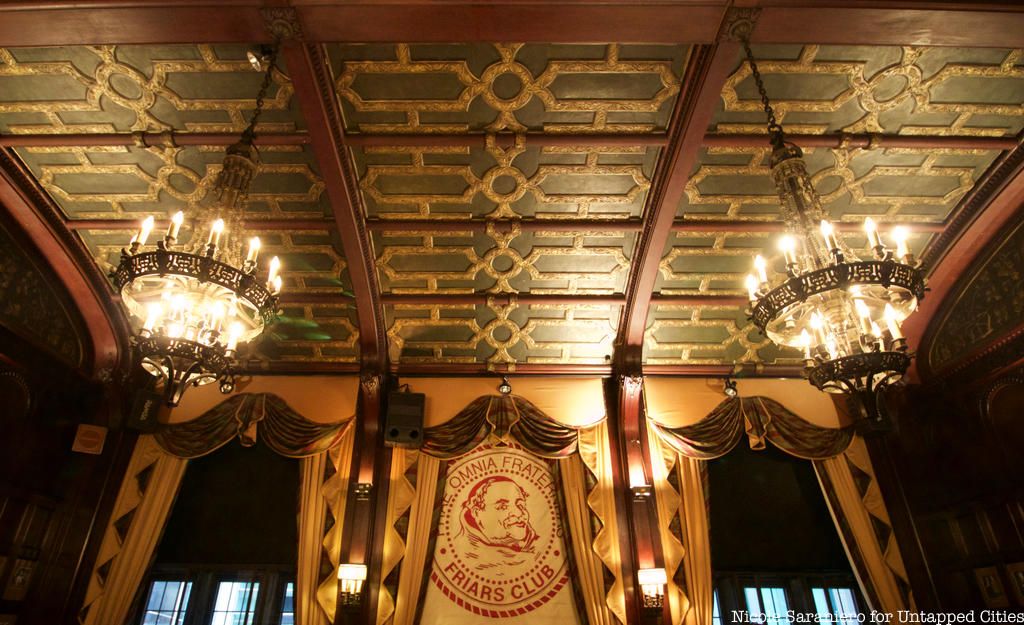
“We only roast the ones we love” is one of the Friars Club’s most important mottos. The signature event of the club for decades has been its no-holds-barred roasts where celebrities are affectionately cut down to size with witty and playfully scathing jokes told by friends. Though outlandish dinners where guests of honor were teased began in the early 1900s, the first official roast took place in 1949 with Maurice Chevalier as the guest of honor. At that time the events turned into exclusive affairs that only male members could attend. Even waitstaff were told to leave the room.
The roastee gets to pick their roastmaster for the evening of barbs. Inside the George Burns Room (which is supposedly haunted, more on this later!), you will find portraits of some of the roastees and their roastmasters commissioned in the 1990s. Hanging in large frames around the room you see Whoopi Goldberg and Ted Danson, Richard Pryor and Robin Williams, and Kelsey Grammar and David Hyde Pierce, along with other notable honorees. Some of the celebrities to have received the honor of being roasted include comedy legends like Milton Berle, Johnny Carson, Jerry Lewis, Richard Pryor, and Billy Crystal, as well as other celebrities such as Bruce Willis, Hugh Hefner, Quentin Tarantino, Betty White, and Terry Bradshaw.

At the turn of the 20th century, press agents were being taken advantage of by phony reporters. To drum up promotion for Broadway shows, press agents would dole out a number of free tickets to reviewers in exchange for mentions in the newspapers. Many agents soon found that they were being swindled by fake reporters who weren’t associated with any publication, but were taking the free tickets and sometimes selling them for profit.
A group of agents began to hold weekly meetings at Browne’s Chophouse in midtown Manhattan to suss out which reporters were real and which were not. They created a blacklist of impostors and formed a tight bond among themselves. The Press Agents Association was formed. When Browne’s closed, the agents continued to meet in various locations, occasionally accompanied by their playwright, director, actor, comedian, singer, and dancer clients. The group eventually adopted the name Friars, which members felt represented their bond of brotherhood.
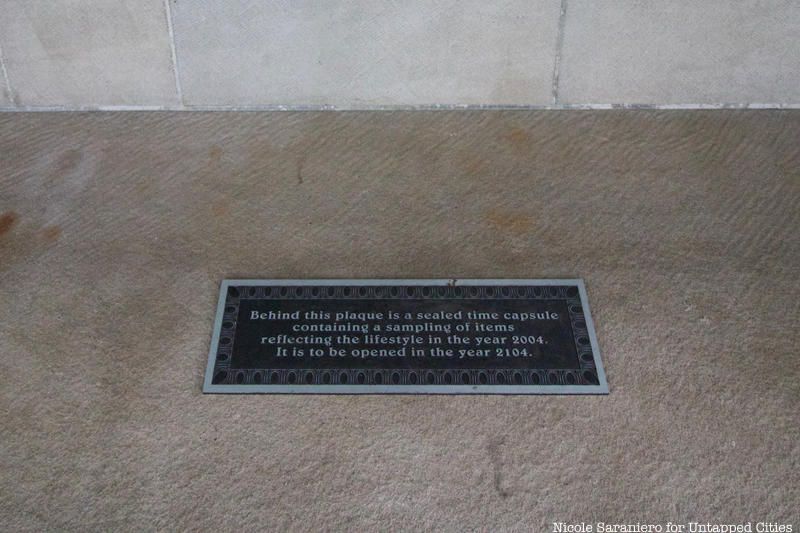
Sealed beneath stone below one of the clubhouse’s front windows is a time capsule to be opened in the year 2104. The time capsule was buried in 2004 in celebration of the Friars Club’s 100th anniversary. A time capsule buried 100 years previously, at the founding of the club, was opened during the celebrations.
The 100-year-old time capsule from 1904 contained news clippings from several magazines of the time and other small items. Inside the 2004 capsule, to be opened in the future, each Friar at the time was invited to leave a note. The capsule will be opened on the 200th anniversary of the club’s establishment.
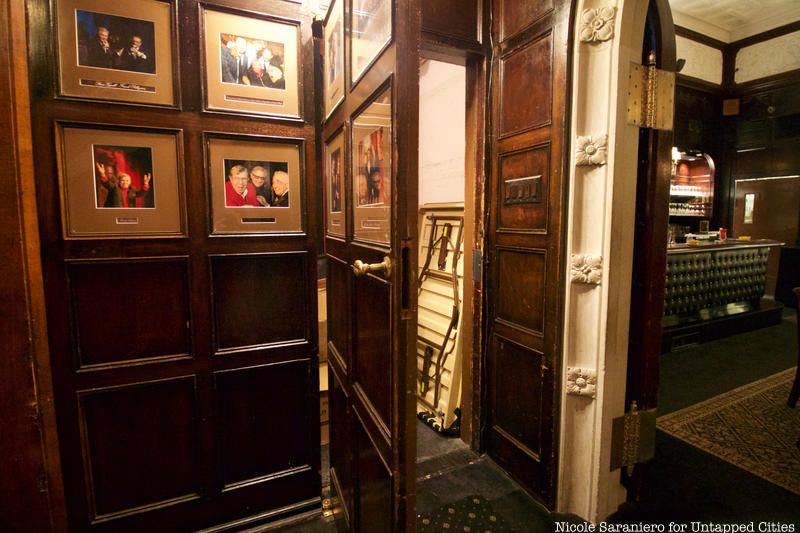
After the closure of Browne’s Chophouse where the club was established, the Friars moved around to many different locations until settling into their current home on 55th Street. The clubhouse was originally built as a residence in 1909 by investment banker Martin Erdmann. The five-story English Renaissance Tudor was designed by the architecture firm of Taylor & Levi. It became the permanent home of the Friars Club Monastery in November 1957.
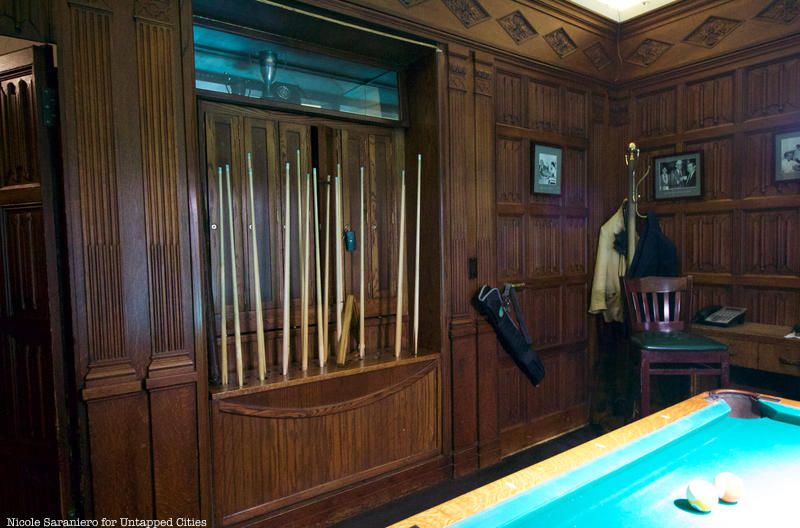
Today, the home’s residential spaces have been converted into dining rooms, bars and event spaces for the club. The biggest change made to the building was the enclosure of the former carriage house. Now it is the Frank Sinatra Room Dining Room. The sixth floor of the clubhouse is used for administrative purposes and the 5th floor was renovated in the 1990s to create a gym and sauna for members, but the first four floors of the clubhouse retain their original architectural features such as stained glass, wood paneling, brass hardware, and hidden nooks.
On each floor, in the hallway, there are hidden doorways that lead to a service stairwell that houses a dumbwaiter. The stairwell spirals down to a service entrance and what used to be the maid’s quarters. The area is used for storage now. In the pool room, behind a rack of pool cues, the wall swings out to reveal a row of small hidden cabinets. Inside the Ed Sullivan Room, which was used as a bedroom, the walls open up to reveal a hidden closet space. These features were all part of the original home and were not added by the Friars.
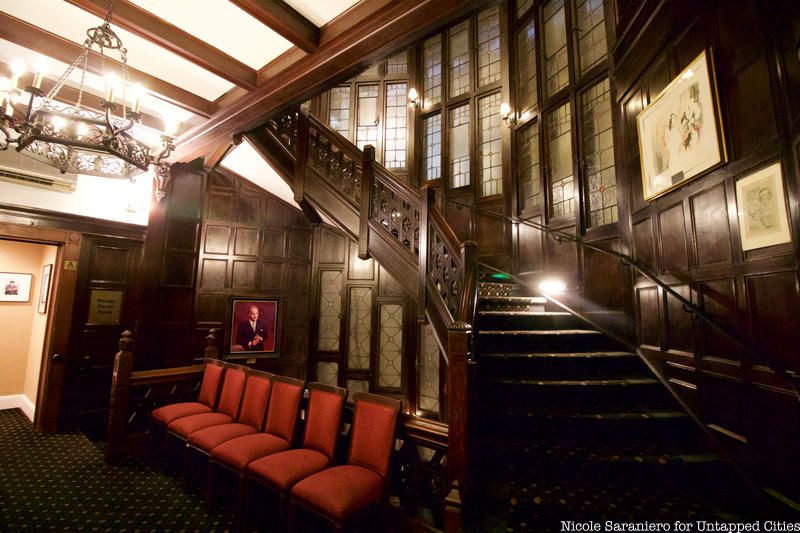
The Friars Club was a favorite spot of many famous figures who some believe may still haunt its halls. The clubhouse was even the subject of an episode of the popular television show Ghost Hunters, Season 7 episode 18 “Roast and Ghosts.” Employees at the clubhouse have claimed to see shadows and hear what sounds like the shuffling feet of an old man on the grand staircase. Much of the paranormal activity has been reported by members and staff in the George Burns Room.
One of the ghosts, some believe, may be that of the late comedian Al Kelly. In 1966, after performing at the roast of his friend Joe E. Lewis, Kelly suffered a fatal heart attack in the clubhouse. He was pronounced dead on arrival at Roosevelt Hospital.

Like almost all private social clubs of the time, when the Friar’s Club was founded in 1904, it only allowed male members. This rule would stay in place for eighty-four years until actress Liza Minelli became the first female Friar in April 1987. Her induction celebration was attended by the likes of Milton Berle, Lucille Ball, Sid Caesar, Charles Nelson Reilly, and Dick Shawn.
Before women were allowed to become members, no females were allowed into the club before 4:00pm, though they could visit as guests for dinner. They certainly were not allowed into the all-male luncheon roasts. Lauren Bacall wasn’t even invited to the roast of her husband Humphrey Bogart in 1955. Back in 1983, actress Phyllis Diller snuck into the roast for Sid Ceasar dressed as a man. In its more than 100-year history, the club has roasted only seven females, starting with Lucille Ball in 1961. Joy Behar was the first female to be Roastmaster in 1997 at Danny Aiello’s roast. The most recent female to be roasted was attorney Gloria Allred. Her roast featured an all female line-up. Today, the club boasts a long list of illustrious female members including Barbra Streisand, Candice Bergen, Diana Ross, Barbara Walters, Whoopi Goldberg, Carol Burnett, Betty White, Lily Tomlin, Debbie Reynolds, Sarah Silverman and more.

Like many of New York City’s most stunning locations, the Friars Club has been used as a backdrop for several films and television shows. One of clubhouse’s most recent appearances was in The Comedian starring Robert De Niro. An after-party for a screening of The Comedian was fittingly held in the stunning Barbra Streisand Room.
The clubhouse has also appeared in Amazon’s hit series The Marvelous Mrs. Maisel. One of the main characters, Susie, is seen in the clubhouse’s grand foyer in an early season. It is also featured in the final season when Susie gets roasted.

Beyond the roasts and award ceremonies they produce, the Friars also take part in charity work. The club has many philanthropic endeavors such as The Lincoln Awards which honors extraordinary individuals and companies committed to serving and supporting U.S. veterans and military families, The Sunshine Committee which provides entertainment and companionship to senior citizens and disadvantaged children, and the Adopt-A-Scholar program which grants four-year scholarships to students endeavoring to pursue careers in the performing arts.
The club regularly hosts benefits that support a variety of philanthropic causes. If you want to support the Friars Foundation, the club’s foundation for “the betterment of society through the arts,” you can make a donation on The Friars Club website.

The Friars Club is adapting to a broader definition of the word “entertainer.” When the club was first started by press agents, many of its early members were composers like Irving Berlin and George M. Cohan. Over the years the membership pool became more diverse and comedians became synonymous with the club.
In more recent years, the club has even welcomed members outside the entertainment industry. Today, the clubhouse is opening its doors to more non-traditional entertainers like food personalities, reality stars, and influencers on YouTube and Instagram.
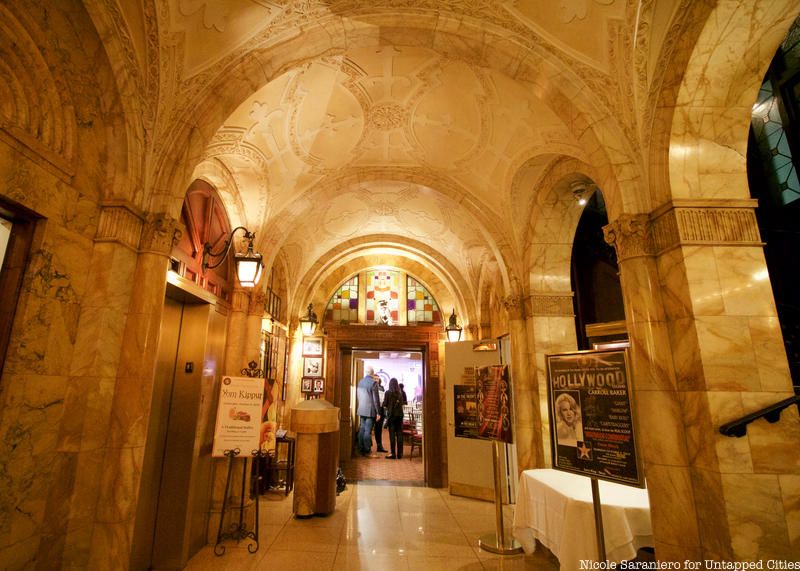
Though there are no religious affiliations tied to The Friars Club, the clubhouse is called The Jerry Lewis Monastery and the head of the club is called the Abbot. This distinguished ceremonial position has been held by men like Frank Sinatra, Milton Berle, Ed Sullivan, Jerry Lewis and television host Larry King.
Next, check out 10 of NYC’s OIdest Historic Private Clubs and Inside the Grolier Club, an Upper East Side Private Club Dedicated to the Book Arts
Subscribe to our newsletter